What is On-Page SEO and why is it important?
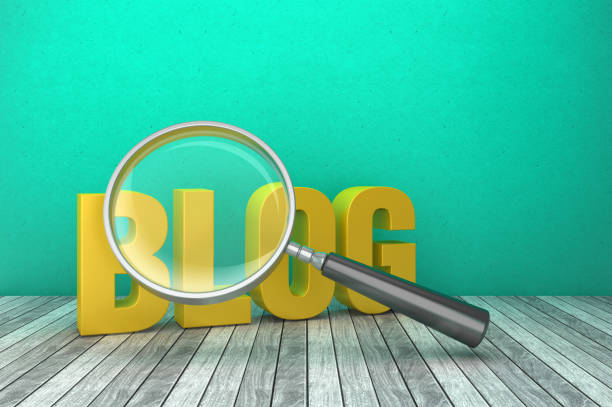
#On-Page SEO is a set of techniques and actions performed within your website to improve its ranking in Google search results and other search engines.
Unlike #Off-Page SEO, which focuses on off-site activities, On-Page SEO deals with factors such as content, HTML tags, site structure, and page loading speed.
#On_Page_SEO is a very important part of your #SEO strategy, as it directly impacts your website’s visibility and ranking.
If your website is not properly optimized for #search_engines, your #Off-Page_SEO efforts will not yield the desired results.
In other words, #On-Page_SEO is the foundation of a successful #SEO strategy.
The importance of #On-Page_SEO can be examined from several aspects: Firstly, improved search results ranking. By optimizing #On-Page_SEO, your website will rank higher in search results, consequently attracting more traffic to your site.
Secondly, better user experience. #On-Page_SEO helps improve user experience.
A well-organized, fast-loading website that provides relevant and valuable content keeps users satisfied and reduces the Bounce Rate.
Thirdly, increased conversion rate. By offering optimized and relevant content, users are more likely to convert into customers.
#On-Page_SEO helps you attract more targeted traffic and increase your conversion rate.
Finally, cost savings. #On-Page_SEO is a long-term investment that can reduce your advertising costs.
By improving your site’s ranking in search results, you can attract more organic traffic and need less advertising.
Does your current website convert visitors into customers or drive them away? Solve this problem forever with professional corporate website design by Rasawweb!
✅ Build strong credibility and branding
✅ Attract target customers and increase sales
⚡ Get a free consultation now!
Keyword Research: Finding the Best Opportunities
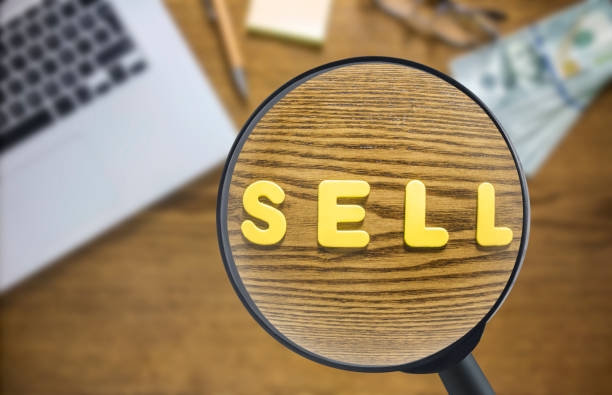
Keyword research is the process of identifying and analyzing the words and phrases that users employ to search on search engines.
The goal of keyword research is to find words that are most relevant to your business and attract the most traffic to your site.
Various tools are available for keyword research, including Google Keyword Planner, Ahrefs, SEMrush, and Moz Keyword Explorer.
Here are some important tips about keyword research:
- Relevance: Keywords must be relevant to your website’s content.
Using irrelevant keywords can lead to your site being penalized by search engines. - Search Volume: Keywords should have an appropriate search volume.
Using keywords with very low search volume may not attract much traffic to your site. - Competition: Keywords should have appropriate competition.
Using keywords with very high competition can be difficult.
After finding suitable keywords, you should use them in your website’s content.
Use keywords in your page titles, meta descriptions, headings, and the main text of your pages.
Ensure that keyword usage is natural and fluid, and that your content is understandable to users.
In the #On-Page_SEO process, finding appropriate keywords is considered one of the first and most vital steps.
Generally, keyword research is an ongoing process.
You should regularly review and update your keywords to stay aware of changes in user search behavior and market competition.
Optimizing Page Titles and Meta Descriptions
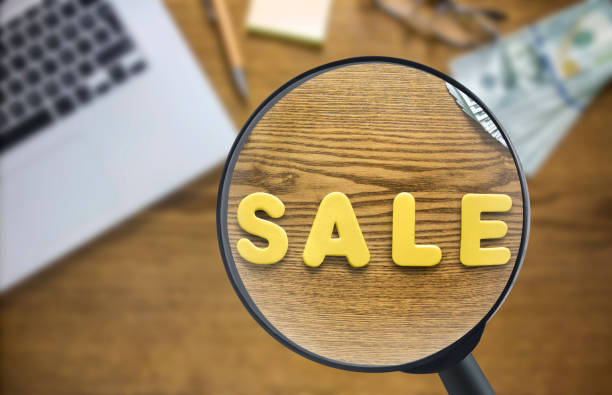
Page titles (Title Tags) and meta descriptions are two important elements in #On-Page_SEO that help search engines and users better understand your page’s content.
The page title is the title displayed at the top of the browser and in search results.
The meta description is a short summary of the page’s content displayed below the page title in search results.
To optimize page titles and meta descriptions, you should pay attention to the following points:
- The page title must be accurate and relevant to the page’s content. Use primary keywords in the page title, but avoid keyword stuffing the title.
- Meta descriptions should be engaging and enticing. Use meta descriptions to attract users to click on your link.
Meta descriptions should be a summary of the page’s most important points. - The length of the page title and meta description must be appropriate. The page title should be less than 60 characters, and the meta description should be less than 160 characters.
Optimizing page titles and meta descriptions can help improve your site’s ranking in search results and increase its click-through rate (CTR).
This will lead to increased website traffic and, consequently, increased sales and profit for you.
| Element | Description | Best Practice |
|---|---|---|
| Page Title (Title Tag) | The page title displayed in search results. | Accurate, relevant, and contain primary keywords. Length should be less than 60 characters. |
| Meta Description | A summary of the page content displayed below the page title in search results. | Engaging, enticing, and contain primary keywords. Length should be less than 160 characters. |
Content Optimization: Producing High-Quality and Engaging Content
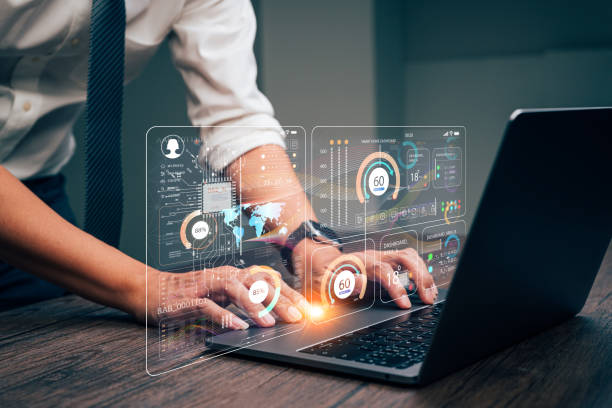
Content is king! This old saying still holds true in the world of #SEO.
High-quality and engaging content is one of the most important factors in #On-Page_SEO.
Search engines look for websites that provide valuable and useful content to users.
If you want to improve your site’s ranking in search results, you must focus on producing high-quality content.
To produce high-quality and engaging content, you should pay attention to the following points: Your content should be relevant to your website’s topic; your content should be understandable to users; your content should be new and fresh; your content should include engaging images and videos; your content should be regularly updated.
Additionally, you should use keywords in your content.
Use keywords in your page titles, meta descriptions, headings, and the main text of your pages.
Ensure that keyword usage is natural and fluid, and that your content is understandable to users.
High-quality and engaging content not only helps improve your site’s ranking in search results but also encourages users to stay on your site longer and convert into customers.
In fact, good content is the best tool for attracting and retaining an audience.
Are you tired of your e-commerce site having visitors but no sales? Rasawweb solves your main problem with professional e-commerce website design!
✅ Significant sales increase with targeted design
✅ Flawless user experience for your customers
⚡ Get a free consultation!
Image Optimization: Reducing Size and Using Alt Text
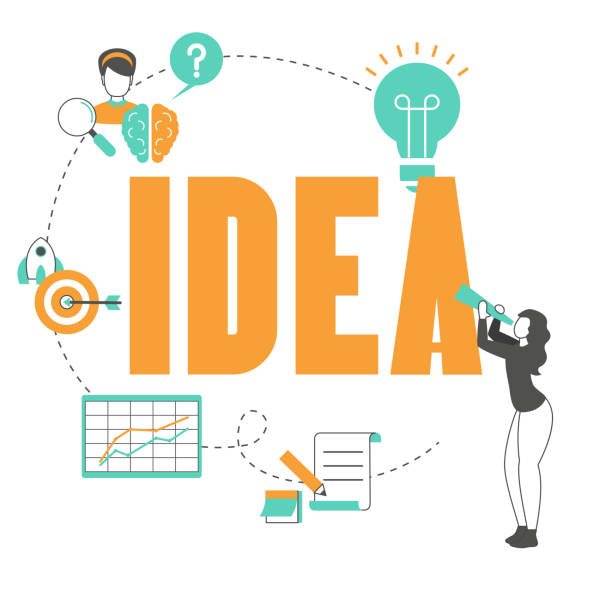
Images play a crucial role in your website’s attractiveness and user experience, but if not optimized correctly, they can reduce page loading speed and negatively impact your site’s #SEO.
Image optimization includes reducing image size and using Alt Text.
To reduce image size, you can use online tools or image editing software.
Save images in the appropriate format.
JPEG format is suitable for images with many colors, and PNG format is suitable for images with fewer colors.
Adjust image dimensions according to their display location on your website.
Alt Text is text that is displayed in place of an image if the image cannot be shown.
Alt text helps search engines better understand the image’s content.
Alt text should be descriptive and relevant to the image.
Use primary keywords in the alt text, but avoid keyword stuffing the alt text.
Image optimization can help improve page loading speed, enhance user experience, and boost your site’s #SEO.
In today’s world, where internet speed is crucial for many users, image optimization is of particular importance.
#On-Page_SEO should not be underestimated.
Optimizing URL Structure: Creating Short and Descriptive URLs
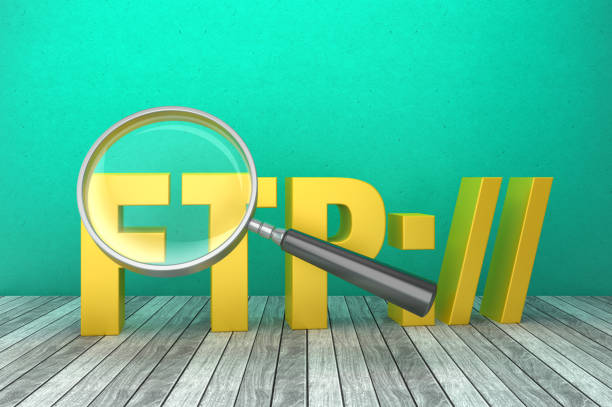
URL structure is an important factor in #On-Page_SEO that helps search engines and users better understand your page’s content.
Short and descriptive URLs increase the chances of user clicks and help search engines index your page more effectively.
To optimize URL structure, you should pay attention to the following points: URLs should be short and descriptive; URLs should contain primary keywords; URLs should use hyphens (-) instead of spaces ( ); URLs should be written in lowercase.
Avoid using uppercase letters and numbers in URLs.
A good URL should be easy to read and remember.
Also, the URL should indicate to users and search engines what the page is about.
For example, the following URL is a good URL: example.com/blog/seo-internal-optimization This URL is short, descriptive, and contains primary keywords.
Furthermore, hyphens are used instead of spaces, and it is written in lowercase.
Optimizing URL structure can help improve your site’s ranking in search results and increase your site’s traffic.
Improving Page Loading Speed

Page loading speed is a critical factor in user experience and #SEO.
Users expect your website pages to load in less than 3 seconds.
If your pages load slowly, users will leave your site and go to your competitors’ sites.
Search engines also prioritize page loading speed.
Websites that load quickly achieve better rankings in search results.
To improve page loading speed, you can use the following methods: optimize images; use a Content Delivery Network (CDN); use fast hosting; compress your HTML, CSS, and JavaScript code; use caching.
Various tools are available for testing page loading speed, including Google PageSpeed Insights, GTmetrix, and Pingdom Website Speed Test.
By using these tools, you can examine your page loading speed and identify existing issues.
Page loading speed not only affects your site’s #SEO but also impacts your user experience and conversion rate.
A website that loads quickly keeps users satisfied and reduces the bounce rate.
| Factor | Description | Improvement Solution |
|---|---|---|
| Image Size | Large images have a significant size and reduce loading speed. | Optimize images and reduce their size. Use appropriate formats (JPEG, PNG, WebP) |
| HTTP Requests | Each file (image, CSS, JavaScript) creates an HTTP request. | Reduce the number of requests by merging files and using a CDN. |
| File Compression | File compression reduces their size and increases loading speed. | Enable Gzip compression on the server. |
| Browser Caching | Storing files in the user’s browser for faster loading on subsequent visits. | Properly configure browser caching. |
Optimizing Site Responsiveness
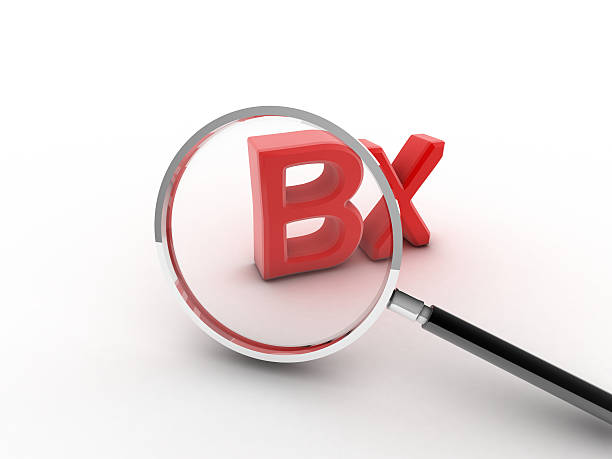
With the increasing use of mobile devices, optimizing site responsiveness has become more important.
A responsive website automatically adapts to the screen size of various devices (mobile phone, tablet, desktop).
Search engines prioritize responsive websites and rank them higher in search results.
If your website is not responsive, mobile users will have a poor user experience and leave your site.
To optimize site responsiveness, you can use a responsive template.
Use a responsive CSS framework like Bootstrap.
Use responsive images and videos.
Optimize page loading speed on mobile devices.
By optimizing site responsiveness, you can improve user experience, enhance your site’s ranking in search results, and attract more traffic to your site.
In today’s world, where most website traffic comes from mobile devices, optimizing site responsiveness is a necessity.
The importance of optimizing site responsiveness in #On-Page_SEO is very high and should not be overlooked.
#On-Page_SEO has a direct impact on attracting audiences.
Is your company’s website as professional and trustworthy as it should be? With specialized corporate website design by Rasawweb, create an online presence that reflects your credibility and attracts more customers.
✅ Build a powerful and professional image for your brand
✅ Convert visitors into real customers
⚡ Get a free consultation now!
Using Internal and External Links

Internal and external links play a significant role in #SEO.
Internal links refer to links that point from one page on your website to another page on the same website.
External links refer to links that point from your website to other websites.
Internal links help search engines better understand your website’s structure and identify more important pages.
Internal links also help users navigate your website easily and find the content they are looking for.
External links indicate to search engines that your website refers to reputable and relevant sources.
External links can also drive traffic to your website.
When using internal and external links, you should pay attention to the following points: Links should be relevant to the page’s content; Anchor Text should be descriptive and relevant to the destination page; avoid linking to untrustworthy and spammy websites; the number of links on each page should be appropriate.
Monitoring and Analyzing On-Page SEO Results
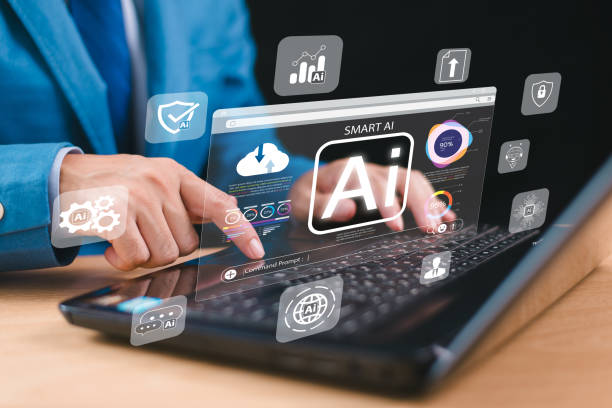
After implementing #On-Page_SEO measures, you must monitor and analyze the results.
Monitoring and analyzing results help you understand which actions were effective and which need improvement.
Various tools are available for monitoring and analyzing #SEO results, including Google Analytics, Google Search Console, and SEMrush.
Using these tools, you can examine your website’s traffic.
Check your keyword rankings.
Review your Bounce Rate.
Examine your Conversion Rate.
By analyzing this data, you can identify the strengths and weaknesses of your #On-Page_SEO strategy and take necessary actions to improve it.
#SEO is an ongoing process and requires continuous monitoring and analysis.
By monitoring and analyzing results, you can stay aware of changes in search engine algorithms and user behavior, and adjust your #SEO strategy accordingly.
Remember that #On_Page_SEO is a long-term investment that can help improve your site’s ranking in search results, increase your site’s traffic, and boost your sales.
After implementing On-Page SEO measures, it is necessary to frequently monitor and analyze to observe performance and determine whether you are on the right track.
Frequently Asked Questions
| Question | Answer |
|---|---|
| What is On-Page SEO? | It refers to the set of actions performed within a website to improve its ranking in search engines. |
| Why is On-Page SEO important? | Because it helps search engines better understand your site’s content and structure and improves user experience. |
| What are the most important elements of On-Page SEO? | Title and meta descriptions, keywords, URL structure, quality content, image optimization, internal linking, and site speed. |
| How do we optimize Title Tags and Meta Descriptions? | The title should include the main keyword and be attractive, and the meta description should be an enticing summary of the content with relevant keywords. |
| What is the role of keywords in On-Page SEO? | Keywords inform search engines what the page content is about and should be used naturally and intelligently within the text. |
| How is image optimization done for On-Page SEO? | By compressing size, using descriptive file names, and filling the Alt tag with relevant descriptions and keywords. |
| What is Internal Linking and what is its purpose? | It is connecting different pages of a site to each other. This helps distribute page authority and improves search engine crawling. |
| What is the importance of site loading speed in On-Page SEO? | High speed improves user experience and is one of the important ranking factors for search engines like Google. |
| What impact does site responsiveness (Mobile-Friendliness) have on On-Page SEO? | Given the increase in mobile users, responsiveness is essential for providing a suitable user experience across all devices and for Google’s mobile-first indexing. |
| What are the important content-related factors in On-Page SEO? | Originality, quality, comprehensiveness, readability, proper use of headings (H1, H2,…), and regular content updates. |
And other services by Rasawweb Advertising Agency in the field of advertising
- Smart Marketing Automation: A dedicated service for digital branding growth based on key page optimization.
- Smart Social Media: A fast and efficient solution for user engagement focusing on precise audience targeting.
- Smart Social Media: A professional solution for increasing click-through rates with a focus on custom programming.
- Smart Direct Marketing: Designed for businesses seeking to increase click-through rates through an SEO-driven content strategy.
- Smart Digital Advertising: An innovative platform for improving click-through rate increases through intelligent data analysis.
And over hundreds of other services in the field of internet advertising, advertising consulting, and organizational solutions.
Internet Advertising | Advertising Strategy | Advertorials
Resources
On-Page SEO Guide on VirgoolContent Marketing and SEO on Iran SEOProducing Engaging Content for SEO on Web RamzOn-Page SEO Checklist on SEO20
? To reach the pinnacle of success in the digital space, Rasawweb Afarin Digital Marketing Agency accompanies your business with specialized services such as SEO-optimized website design.
📍 Tehran, Mirdamad Street, next to the Central Bank, South Kazeroon Alley, Ramin Alley, No. 6

